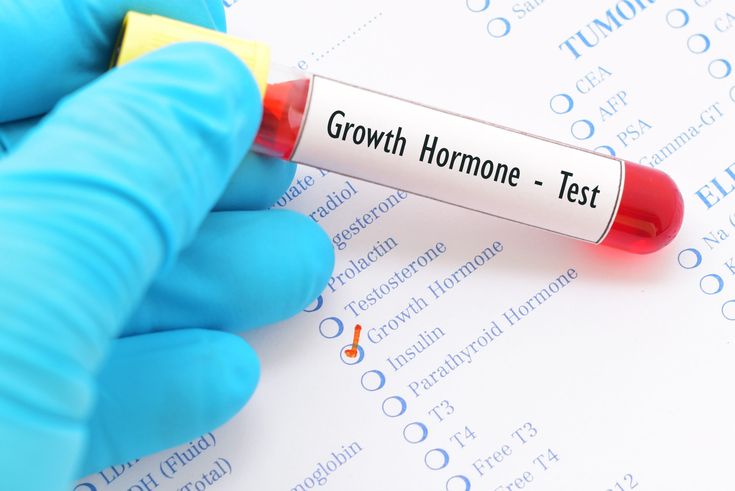Legal & Medical Notice
This article is educational and not medical advice. Testosterone cypionate is an Rx-only, Schedule III medication approved by the FDA for certain forms of male hypogonadism, not for age-related low testosterone or athletic/performance enhancement. Any prescription must follow federal and state law and professional standards, including appropriate diagnosis and ongoing monitoring. Individual results vary; risks include increased hematocrit (erythrocytosis), blood-pressure elevations, venous thromboembolism, prostate-related effects, fluid retention/edema, sleep apnea, and fertility suppression. See sources below.
Why People Consider TRT for Muscle and Body Composition
With age, some men experience declining testosterone. When a clinician confirms deficiency (compatible symptoms plus two repeat morning labs), testosterone replacement therapy (TRT) may help restore physiologic levels and support energy, recovery, and body composition. TRT is not a shortcut to muscle—it works best only alongside progressive resistance training, nutrition, and sleep.
What Is Testosterone Cypionate?
Testosterone cypionate is a long-acting injectable formulation used to treat clinically confirmed testosterone deficiency. It helps maintain steadier serum levels between injections and is prescription-only.
-
Approved for specific forms of hypogonadism per FDA labeling.
-
Not approved for age-related low T and not intended for bodybuilding/performance enhancement.
How TRT Can Influence Muscle and Recovery (Without the Hype)
Testosterone supports muscle protein synthesis, influences nitrogen balance, and stimulates erythropoiesis (which can improve oxygen delivery). In diagnosed men under medical supervision, guideline-cited studies show modest average increases in lean mass and strength when TRT is combined with progressive training, adequate protein, and sleep. Expect months of consistent work, not an instant transformation.
Realistic Expectations
-
Who might benefit? Men with true deficiency confirmed by symptoms and labs under clinician care.
-
What to expect? On average, modest, clinically meaningful changes in body composition and strength over 3–6 months and beyond—with training and adherence.
-
What it won’t do: It does not replace training/nutrition and does not guarantee visible results on a short timeline.
Safety & Monitoring Checklist (Discuss With Your Clinician)
A safe plan typically includes:
-
Repeat morning testosterone to confirm diagnosis before initiation; serum monitoring during therapy.
-
Hematocrit/hemoglobin monitoring for erythrocytosis; dose adjustments or holds if elevated.
-
Blood-pressure checks—TRT can raise BP over time.
-
VTE vigilance (recognize DVT/PE symptoms), and prostate assessment per age/risk.
-
Fertility counseling—exogenous testosterone can suppress spermatogenesis.
-
Watching for edema, sleep apnea, skin changes, and other adverse effects.
Compliance Basics (U.S.)
-
FDA/Labeling. Promoting testosterone for enhancement or age-related low T risks misbranding. Information must be truthful, balanced, and consistent with labeling.
-
DEA/CSA. Testosterone is Schedule III; prescribing/dispensing requires DEA-compliant processes (registration, recordkeeping, e-Rx where applicable).
-
Telemedicine. Federal flexibilities for prescribing controlled substances via telemedicine are currently extended through December 31, 2025; clinics must follow any subsequent DEA updates and applicable state rules.
-
FTC Advertising. Health/efficacy claims (e.g., “supports muscle growth,” “improves recovery”) must have competent and reliable scientific evidence; outcomes vary and should be described as such.
-
HIPAA/Privacy. If your page collects or transmits PHI (forms/chat/pixels), ensure proper notices, BAAs where needed, and avoid transmitting PHI to third-party trackers without compliant safeguards.
Not for Enhancement or “One-Size-Fits-All” Dosing
-
Avoid “universal” dosing language (e.g., “1 mL per week”). Dose and interval are individualized by a licensed clinician based on labs, response, and safety monitoring.
-
Content that reads like a bodybuilding how-to increases regulatory and liability risk. Stay within evidence-based indications and clinical standards.
Getting Started Safely
-
Complete a thorough evaluation with a licensed clinician (history, symptoms, two morning testosterone tests ± additional endocrine panels).
-
If deficiency is confirmed, your clinician will provide a personalized plan (formulation, dose, interval), injection education, and a monitoring schedule.
-
Align your training (progressive overload), nutrition (adequate protein and appropriate calories), and sleep; without these, TRT effects are limited.
-
Keep follow-ups and labs on schedule; report side effects promptly.
Results That Last Come From Supervision, Consistency, and Care
Testosterone cypionate can be a powerful therapeutic option when used responsibly and under qualified medical supervision. For men with clinically confirmed testosterone deficiency, restoring hormonal balance often means regaining energy, motivation, and the physical capacity to train and recover effectively. But the foundation of real, lasting results remains the same-consistent movement, proper nutrition, restorative sleep, and regular medical follow-up. When approached as part of a comprehensive, evidence-based plan, TRT can help the body perform closer to its natural potential-safely, steadily, and sustainably.



